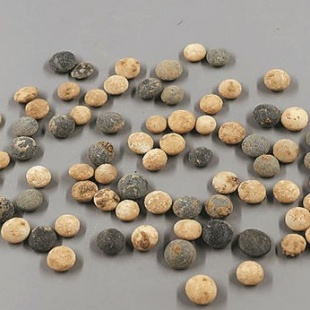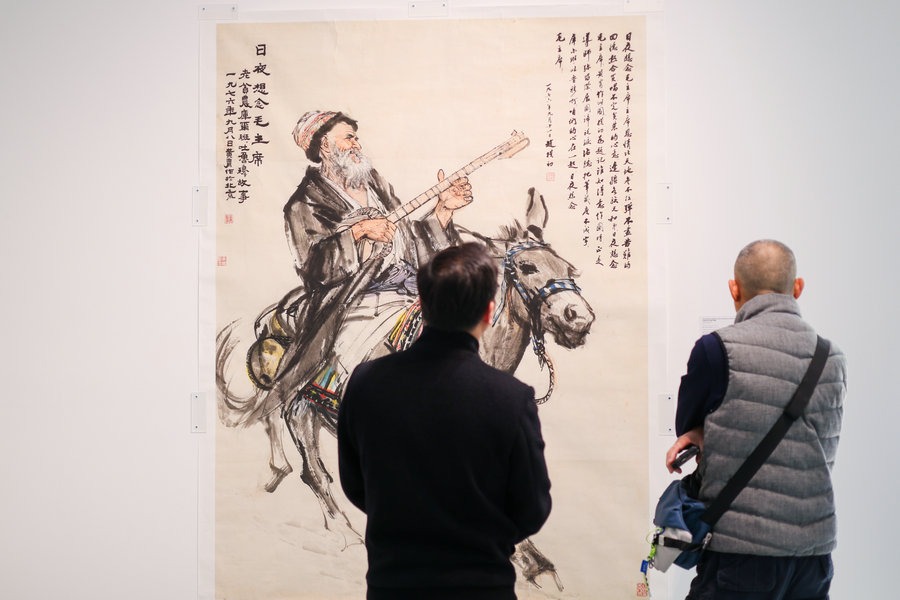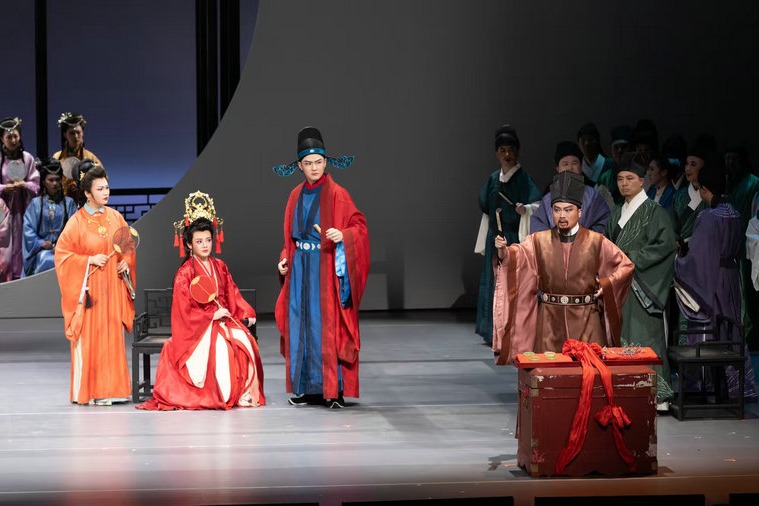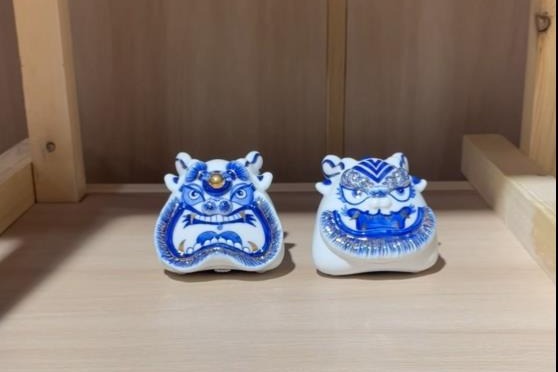Ancient discoveries shed light on Tibet's past


'Silk Road on plateau'
The history of Princess Wencheng, of the Tang Dynasty, and the Tubo ruler Songtsen Gampo is a household story in China, highlighting the connection between the Han and Tibetan ethnic groups.
Following an edict issued by Emperor Taizong during the Tang Dynasty, the princess was escorted to Lhasa in the year 641, where she married the Tubo ruler. The marriage not only ensured a lasting peace between the two neighboring powers, but also started an active transportation network, known as the Tang-Tubo Ancient Road.
Shargan Wangdue said: "Elsewhere in China, we often find ruins of courier stations or castles along ancient trade routes. But in Tibet, traveling caravans didn't rely on these facilities when people needed to take a rest. Tents were all they required during long journeys across the plateau, so it's difficult to identify specific roads for today's scholars."
However, other types of relics indicate such cultural links in various ways. For example, in Dragyab county, Chamdo, in eastern Tibet, a number of Buddhist cliff carvings provided the focus for archaeologists' recent research on the ancient road.
Shargan Wangdue said these images not only depicted Tibetan monks, but also people from the Han ethnic group, while bilingual inscriptions highlighted close Tang and Tubo connections.
A similar stone carving site was found in Shiqu county in the west of neighboring Sichuan province, indicating a southern route in the road network.
Moreover, in Qinghai province, several key cemetery sites-thought after analysis of unearthed artifacts and tomb occupants' DNA to be from the Tubo period-were widely hailed by archaeologists as key findings.
The Quangou graveyard with frescoes in Ulan county, and the Reshui site in Dulan county, a graveyard for the wealthy and home to spectacular golden artifacts, were respectively included in China's Top 10 New Archaeological Discoveries of 2019 and 2020.
However, these regions were mostly Tubo "frontier "areas. In the core area, there was a lack of key breakthroughs until recent findings, including the Damshung cemetery.
Qi Dongfang, an archaeology professor at Peking University, said: "There is a wealth of ancient Tubo documentation, which has been reviewed time and again by generations of scholars. But most of it concerns military and political history, while the cultural elements are still largely unclear."
In 2019, a total of 30 institutions and collectors worldwide joined hands to present an exhibition, Cultural Exchange Along the Silk Road: Masterpieces of the Tubo Period (7th-9th Century), in Dunhuang, Gansu province. Despite the event being designed to review the key role played by the Tibetan regime on the ancient Silk Road, Qi said that due to a lack of archaeological supporting evidence, controversy has arisen over whether many of the exhibits are from the Tubo period.
"If we can provide a bigger picture for the recent archaeological findings, we will have a much better idea of what Tubo culture really looked like," he said.
Huo Wei, a professor and specialist on Tibet at Sichuan University, said some clues to burial rituals at the Damshung cemetery had already been indicated at the sites in Qinghai.

"It's very important to connect these sites. The Tubo social structure can also be traced through the tombs," he said.
Huo expects more follow-up excavations to trigger a new round of comprehensive studies on Tibet.
He said there was little archaeological research in Tibet before the 1950s, apart from occasional "investigations" by European explorers, mainly in the late 19th and the early 20th centuries, adding that the West used to have a dominant say over Tibetan studies as a result.
"But the situation has since changed, because our own archaeologists have unearthed rewarding discoveries in the region, mainly since the 1980s," he said.
"Archaeological material and scientific evidence can now offer even more convincing proof of how different ethnic groups in China formed a shared community."
The new findings may have greater significance if viewed from a global perspective.
Silk Roads: the Routes Network of Chang'an-Tianshan Corridor, which spread across northwest China into Central Asia, was inscribed as a UNESCO World Heritage site in 2014. Studies and preparations to bid for World Heritage status later began in other areas of the transportation network.
At its peak, Tubo also ruled the Hexi Corridor in present-day Gansu province, a key artery running west from the Central China Plain, as well as being part of Central and South Asia. As a result, Tubo was located at the heart of a vast trade network.
In 2018, the National Cultural Heritage Administration launched a comprehensive project to research the Silk Road stretching into South Asia. The Tang-Tubo Ancient Road forms a crucial part of this work.
Shargan Wangdue, who led the project's archaeological investigation, said: "It's a Silk Road on the plateau, but this plateau is not its final destination. The communication network expanded much farther beyond the (Himalaya) mountains, along river valleys leading to the outside."





































